15 Tips To Stay Safe At The Beach

If you’re planning on hitting any Byron Bay beaches during your summer holidays then you’ll want to be well prepared. Our Aussie beaches are famous for their chill vibes and great surf spots. But your fun day at the beach can be disrupted if you’re not well versed in beach safety.
Even though the coastline is patrolled by lifeguards, you still need to learn about potential dangers that the ocean brings. We care about your wellbeing, which is why we’ve compiled this list of beach safety tips so you can have peace of mind while enjoying Byron Bay beaches!
1. Check Out the Beach Safety Signs
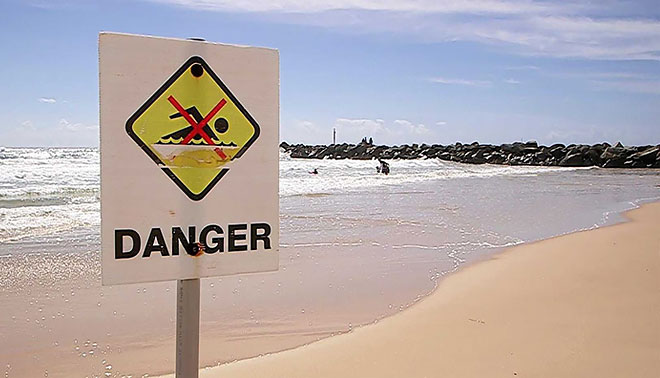
Image source: Daily Examiner
So you are all hyped and can’t wait to dive into the refreshing water and cool off. Please stop for just one second and read the beach safety signs before you even put your foot in the water. That one second may save your life. Someone put the signs there for a reason, to inform you about the dangers that are nearby, so be observant.
2. Understand The Meaning Of Beach Flags
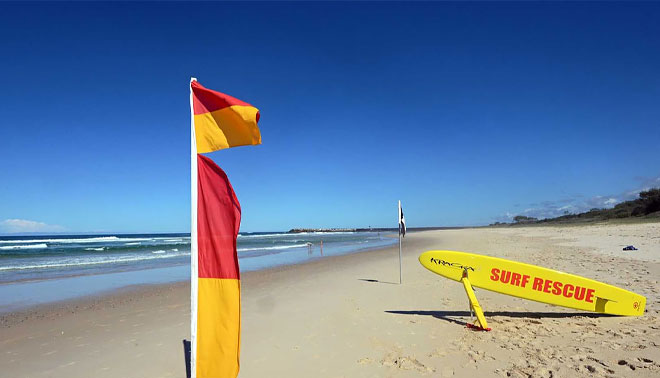
Similarly, as the beach safety signs, flags also give you an insight into what you can expect. They are usually placed at the end corners of the beach. Every color has a certain meaning and gives important information on the beach conditions at that time.
The flag meanings are as follows:
- Green = Low hazard (calm conditions, exercise caution)
- Yellow = Medium hazard (moderate surf and currents, caution required)
- Single Red = High hazard (strong currents and high surf)
- Double Red = The beach is closed to public use
- Purple = Dangerous marine pests (jellyfish, stingrays and dangerous fish but not sharks), flown with either Yellow or Red
Always swim between the red and yellow flags. This signals that lifesavers are supervising that part of the beach. They have determined that it is the safest area for swimming. So listen to them, they know.
3. Test The Water First
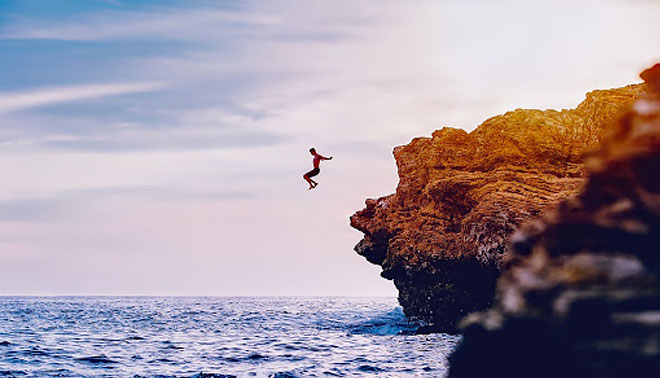
Diving into the ocean is exciting and can be a big adrenaline rush. On the other hand, it is not as safe as jumping into a backyard pool. You never know what is under the water, so don’t dive off rocks headfirst. Check out what you will be diving into beforehand so there are no big surprises!
4. Swim With Your Buddy
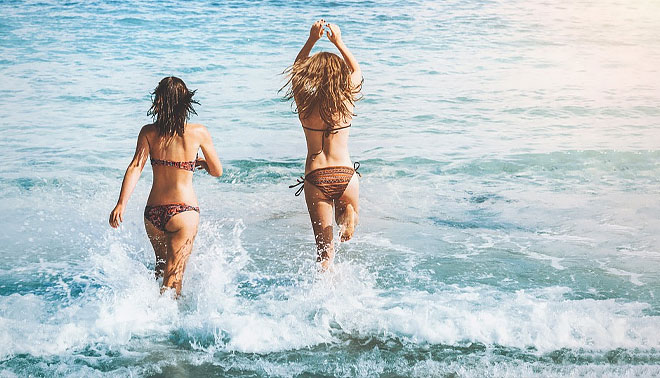
Whatever happens in life, it is always better to have someone by your side. And that is even more true when it comes to swimming in the ocean. Especially if you are an adrenalin lover and like to explore. You never know what might happen, so make sure to have someone exploring with you who can raise the alarm. We know swimming alone is tempting but please do think about beach safety!
5. Don’t Act like a Lifeguard
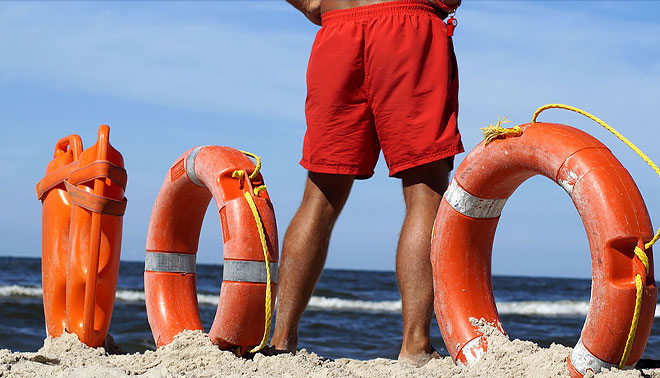
Often when people see someone having trouble in the water they immediately dive in to help them. That sounds great, it is a basic human instinct to help others. However, at the beach that is usually not the wisest idea. Many people who try to be heroes usually end up getting into difficulty themselves. It is better to alert professional lifeguards and let them do the rescuing.
6. Don’t Swim And Drink
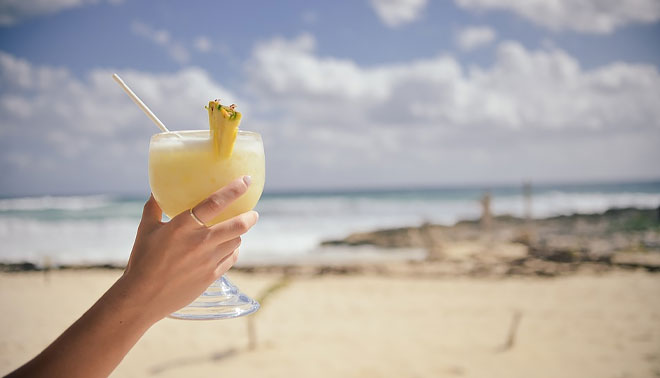
You might be imagining a fun day out at the beach with your friends with a few cold ones. However, don’t drink too much as the more alcohol you consume, the more your judgement is impaired. So to stay safe at the beach you shouldn’t swim drunk. Your reactions are slower so you won’t react on time if something dangerous occurs. You also get colder quicker so temperature shocks are possible in this case too!
7. Learn How Rip Currents Work
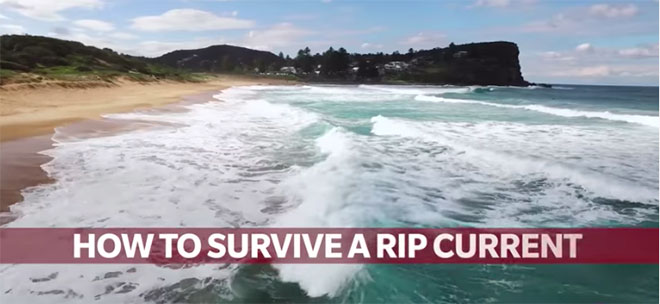
Rip currents are often wrongly called “riptides and “undertow. They are actually significantly stronger currents of water that can be very long and wide. These massive narrow currents usually occur at the deepest ocean spots at the shoreline and slowly move along the water’s surface and are extremely dangerous.
If you are a weaker swimmer it will be very difficult to get out of one so don’t try to swim against it, it will soon tire you out. The only thing you can do when you get caught in the rip current is to float on your back and go with the rip. Some will bring you back into shore. You can also try to swim back to the shore parallel to the beach, not directly towards it. You will eventually be able to swim out of the current, use the breaking waves to help bring you in.
Always swim between the flags, don’t risk the rip.
Watch this video from Surf Lifesaving Australia.
8. Look Out For Jellyfish
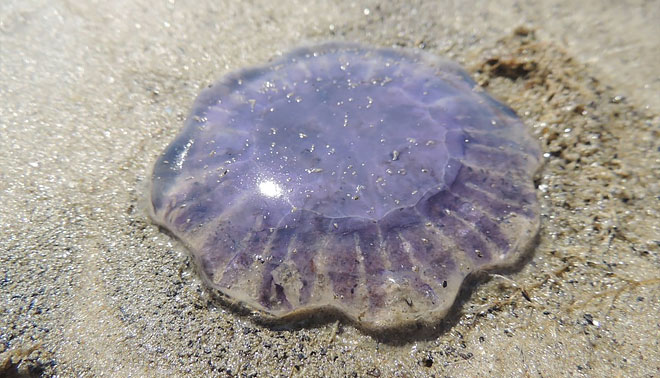
Many people underestimate how dangerous some ocean creatures are and the encounter can end up with you in hospital! Stepping on or touching a jellyfish, for instance, is very painful. So don’t touch them even though they look interesting and beautiful. Unfortunately, even a dead jellyfish can hurt you. However, if you or someone in your group gets stung, search for a lifeguard or get medical help immediately.
9. Put On Sunscreen
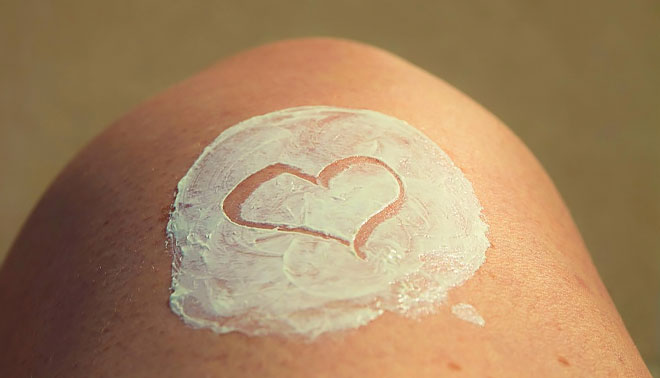
Applying sunscreen is simply a must do in summer, even if you want to get a tan. Everyone thinks that applying it once is enough. But it’s not, especially if you’re sitting out in the sun all day and going swimming. You can also get sunburned even on a cloudy day as about 80% of the sun’s UV rays pass through the clouds.
According to professional dermatologist, Y. Claire Chang, MD, it is advisable to apply a golf ball amount of SPF30 sunscreen every two hours. She says that reapplication is just as, and even more important, as applying it before you go to the beach.
10. Throw Your Rubbish In The Bin
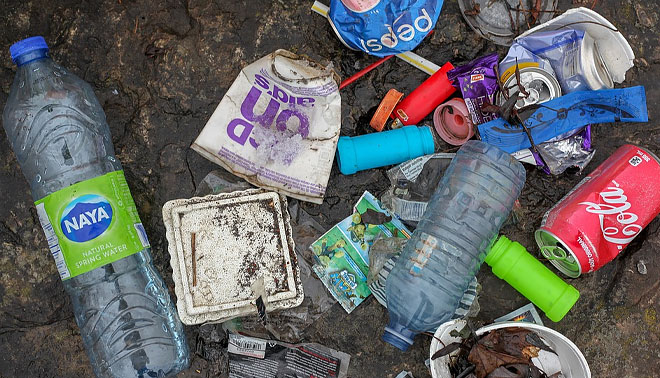
Would you like to step on a glass or dirty plastic bottle? Probably not. Throwing rubbish in the bin protects you, the environment and everyone else around you. No one deserves to get infected by your dirty glass beer bottle so pick up after yourself. It will keep everyone safe at the beach!
11. Avoid Swimming at Night
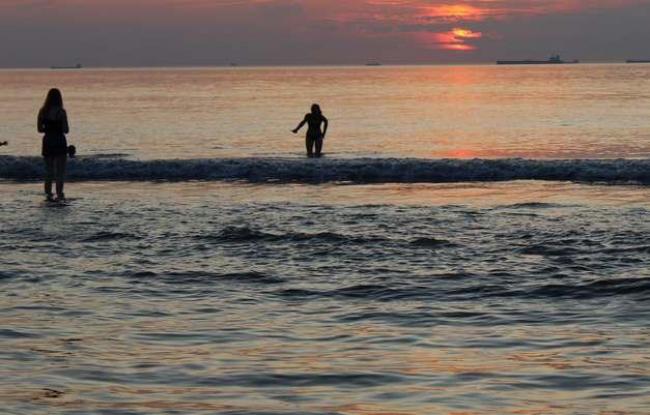
Image source: Beachesofaustralia.com
As a general rule, swimming in the ocean at night is not a good idea. For one thing, even patrolled beaches don’t have lifeguards on duty after nightfall. After dark, it is more difficult for you to observe your surroundings and the conditions that can signal danger.
At night it is much more difficult to gauge distance and water depth; it is much harder to see signs of a rip current or sharp rocks; and it is more difficult to keep an eye out for potential dangers like stingers or other wildlife.
Likewise, if you do find yourself in an emergency, it will be much more difficult for anyone else to see you and come to your rescue. Just because you can’t swim doesn’t mean there aren’t other ways to enjoy the beach at night. At nighttime, the beach can be a peaceful place to stargaze, enjoy a moonlit walk, or a sunset picnic.
12. Be Aware of Sharks
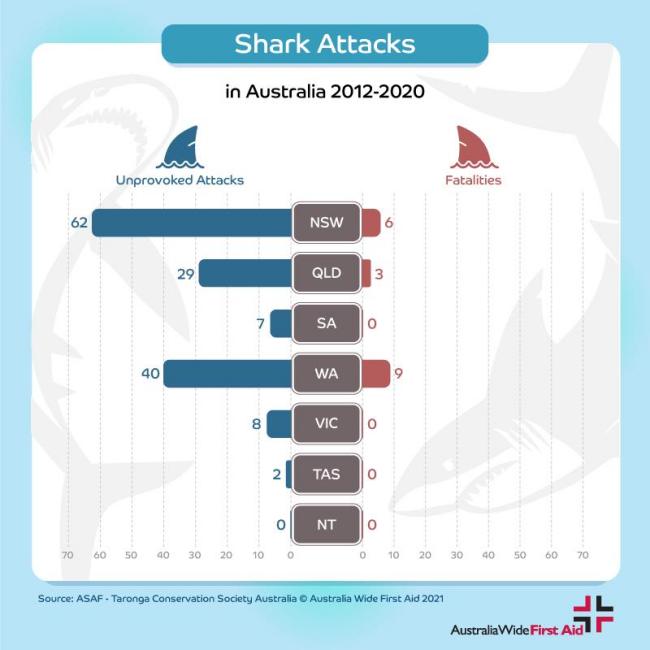
Image: Australiawidefirstaid.com.au
Shark attacks are rare, but they do happen. While sharks are not a major concern, it is still smart to be aware of basic shark safety. On average, there are approximately 20 unprovoked shark attacks per year in Australia. New South Wales experiences more of these than other parts of the country.
Sharks do not naturally hunt humans, but they can become confused or defensive when humans enter their habitat, and they can be attracted to the splashing that often accompanies human activity.
To reduce your chances of being bitten by a shark:
- always swim at patrolled beaches;
- avoid swimming near where people are fishing;
- do not swim in an area where there is a school of fish;
- don’t swim in murky water or at dusk or dawn, as this is when sharks can be most active.
13. Stay Hydrated

At the beach, it can be easy to get dehydrated before you realise you’re thirsty. The hot sun, salty sea, and physical activity can deplete your fluids and cause you to become dehydrated quickly. Moreover, because you’re in and out of the water, you might not notice the signs of dehydration.
If you’re drinking alcohol, you can get dehydrated even faster. Aside from thirst, other signs of dehydration might include dizziness, muscle cramps, excessive sweating or lack of sweating, and lack of energy.
When spending a day at the beach, be sure to bring plenty of water, and take some breaks from the direct sunlight. You can also pack snacks that will help keep your body hydrated, like fruits and vegetables with high water content such as watermelon, cucumbers, and oranges.
14. Keep Kids Safe – In the Water
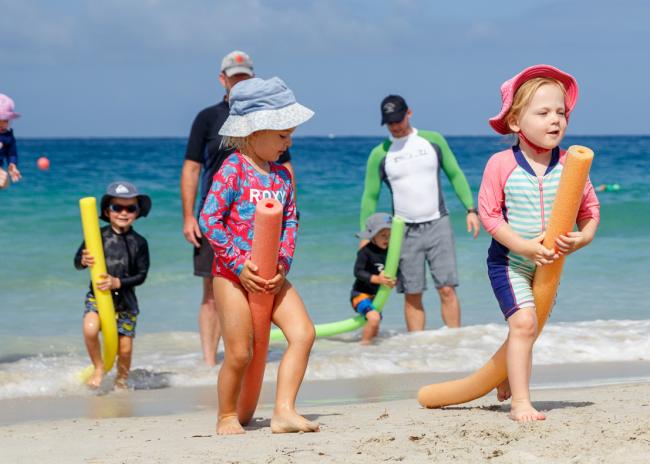
If you’re spending a day at the beach with small children, there are some special tips you should keep in mind. The surf can be stronger than you might realise, and conditions can change in an instant.
Small children can be knocked down or pulled under the water by a wave; they also aren’t the strong swimmers that adults are in case of a strong current. To help keep young kids safe in the water, they should wear floatation devices like water wings, floaties, or a life jacket.
And, of course, if you have children, it’s all the more important to choose a beach patrolled by lifeguards.
15. Keep Kids Safe – Other Tips

Image source: Beachsafetyhub.org.au
Of course, small children should be supervised at all times when playing in or near the water. But, as children explore the shore and the dunes, it can be easy to get separated, especially on a crowded day at the beach. Pick a landmark like a lifeguard’s station to meet at in case you get separated.
Kids need extra protection from the sun, so be sure to reapply sunscreen regularly. A rash shirt and hat can also help protect them from the sun’s harshest rays.
And, if your children are old enough to swim, teach them how to look for signs of a rip current, and what to do if they get caught in a current while swimming.
Which Beach To Pick This Summer?
At Broken Head Holiday Park we offer Byron Bay accommodation that ensures a quality getaway this summer with your family or friends! Choose between our deluxe cabins or if you want something more casual we have beach campsites, beach shacks, beach cabins and a beach house for groups. We look forward to seeing you soon!









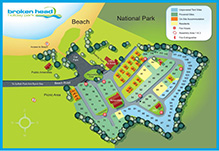

This Post Has 0 Comments